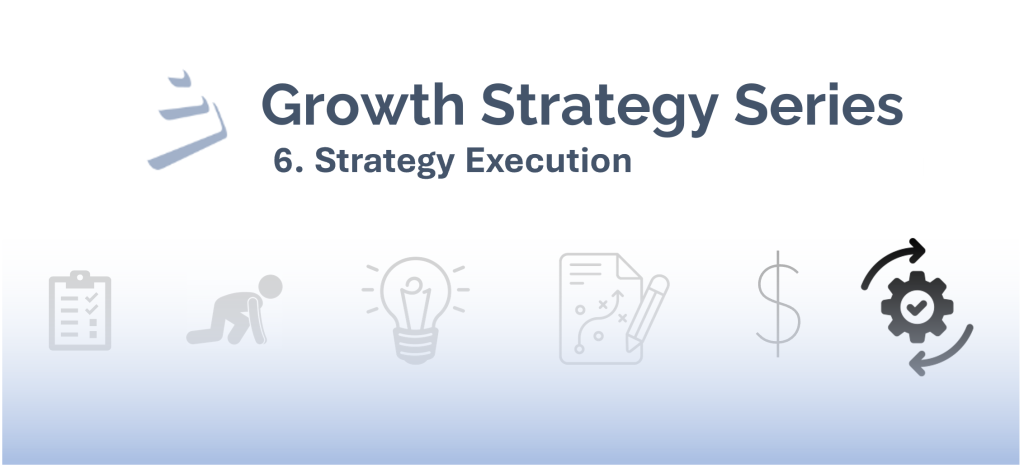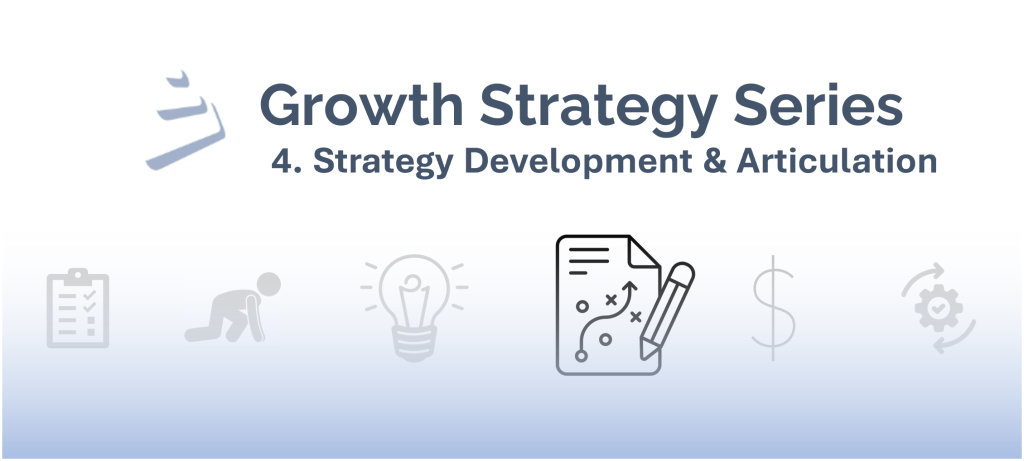The pandemic forces us to rethink who we are as companies and individuals. As several surveys from leading institutions reveal, business leaders agree: >80% of executives believe COVID-19 will fundamentally change the way we do business over the coming years.
Organizational leaders have largely adapted thus far by refocusing their efforts on strategic imperatives they are familiar with – a strategy that has delivered success in the past: gaining new efficiencies, refocusing on core businesses, and building organizational and team resilience.
However, history, and an abundant body of research, suggests that investing in innovation, which often leads to new opportunities to differentiate and competitive advantages, may be a better approach to outperform competition in the aftermath of disruption (e.g., post Dot.com bubble and 9/11 economic downturn, post 2008 financial crisis, post 2012 EU sovereign debt crisis, etc.).
Netflix accelerated its transition to video streaming during the financial crisis; one of China’s largest e-commerce companies, JD.com, migrated from offline to online channels amid the 2002 – 2004 SARS outbreak; and consumer goods giant Proctor & Gamble, recognizing that consumers would always need soap, ramped up advertising and became one of this first companies to produce daily radio serials for marketing following the Wall Street Crash of 1929.
As we near the two-year mark of the current crisis, pioneering companies are once again piloting novel and promising approaches and value propositions, shaking up traditional business models and positioning themselves as the winners of the new business order. Companies that ignore this shift and stick to their familiar ways fail to notice that their biggest risk is a stagnating business that does not keep up with, and ahead of, the times.
Unfortunately, there is no silver bullet to the innovation question. For some, it may entail small-scale change to manage disruption, while for others innovating necessitates the complete overhaul of existing business practices to ensure survival. Understanding this continuum, we at Denneen & Company have developed an industry-agnostic framework for exploring and evaluating alternatives to current strategy, seizing growth opportunities, and mitigating risks.
So, how can leaders evaluate alternative and disruptive business models, seize growth opportunities, and mitigate risks?
Step 1: Perform comprehensive 360° scan
The most critical step is to ensure there is a common understanding of the current business situation via a 360° scan.

This exercise will reveal performance gaps and enable you to understand and align your organization around the key symptoms and challenges in your existing business model. This diagnosis will enable you to develop avenues or territories to explore, and new business model concepts to consider.
Step 2: Co-create a plan to capitalize on opportunities with key stakeholders
Once aligned on the key gaps and opportunities, the next step is to start developing a potential solution. We find an effective and efficient way of engaging and aligning key stakeholders is to conduct multi-functional workshops to tackle:
- Rethinking/refining the current value proposition to better meet customer needs
- Developing alternative/disruptive business models inspired by adjacent industries
- Drafting scenarios, quantifying value, and documenting associated disruptions and risks

Step 3: Develop a pilot to test out key hypotheses of the plan
As leaders embark on the journey to explore new product ideas, new services, and/or new business models, many will face challenges and resistance along the way, leaving them averse to exploring new ideas.
Piloting promising concepts in the ‘real world’ is a powerful tool to reduce risk: it allows you to gain new customer insights, refine business concept viability prior to launch, and, most importantly, understand any internal barriers to overcome.
For many leaders, the idea of reviewing a company value proposition can be intimidating and stressful at first glance: business leaders are required to drive and preserve their core business while simultaneously exploring and capitalizing on new ideas and innovations. Often, these two goals are conflicting and require a delicate balance for successful execution.
Once the current situation is addressed, how do we ensure we have a strategic approach to stay ahead of competition by exploring new ideas, without jeopardizing the established business?

Create a culture of idea generation and small pilots to allow trial and error and drive intrapreneurship
- Culture starts from the top: embrace new ideas from every level of the organization and celebrate failed ideas as learning opportunities
- Involve all parties from management to the field, from the front office to the back office
- Enable members to promote new ideas and forward thinking, especially in the current short-termism environment
Carve out dedicated resources to pilot ideas
- FULLY FUND: Carve out dedicated budget upfront to avoid having to navigate through organizational impediments
- MANAGE RISK: Quantify what portion of the business is at risk earlier on and quantify a worst-case scenario to clearly compartmentalize the pilot
- OPERATE LEAN: Embrace a scarcity mindset, leveraging your entire ecosystem, moving away from the “not invented here” syndrome:
- Explore partnerships, JV, licensing etc. during pilot phase to mitigate CAPEX
- Sponsor/collaborate with start-ups able to quickly bring valuable proof of concepts to the market for beta tests
- Remember that a pilot remains a pilot, nothing prevents you from later adapting and/or internalizing the effort
Dare to fail forward: it is not so different from your everyday business
Failures can be a goldmine of learning – uncovering hard truths about the organization, developing valuable customer insights, and reexamining critical assumptions can all put you on the path to success for your next evolution.
We all know the pressure to perform makes it feel like failure is not an option. However, failure is part of the process to achieve long-term success. With a clearly defined pilot one can safely contain, learn from, and translate failures into a successful approach to building new capacities, vital skills, know-how, and enduring performance. So, dare to fail forward!
Never underestimate the cost of not doing anything/status quo
- Piloting initiatives enables organizations to better understand emerging trends, gain field knowledge, sharpen consumer and customer decision journeys, and identify disruptive and emerging trends to ultimately drive or mediate change through better positioning
- Early investment and presence with incubators enables rapid scale-up, partnerships, and acquisitions
- Create a competitive leading edge and build brand equity by remaining at the forefront of tech and industry shaping trends
Authored by Gael Guillou, Phil Ryan, Niti Patel and Pieter Rhynhart.


